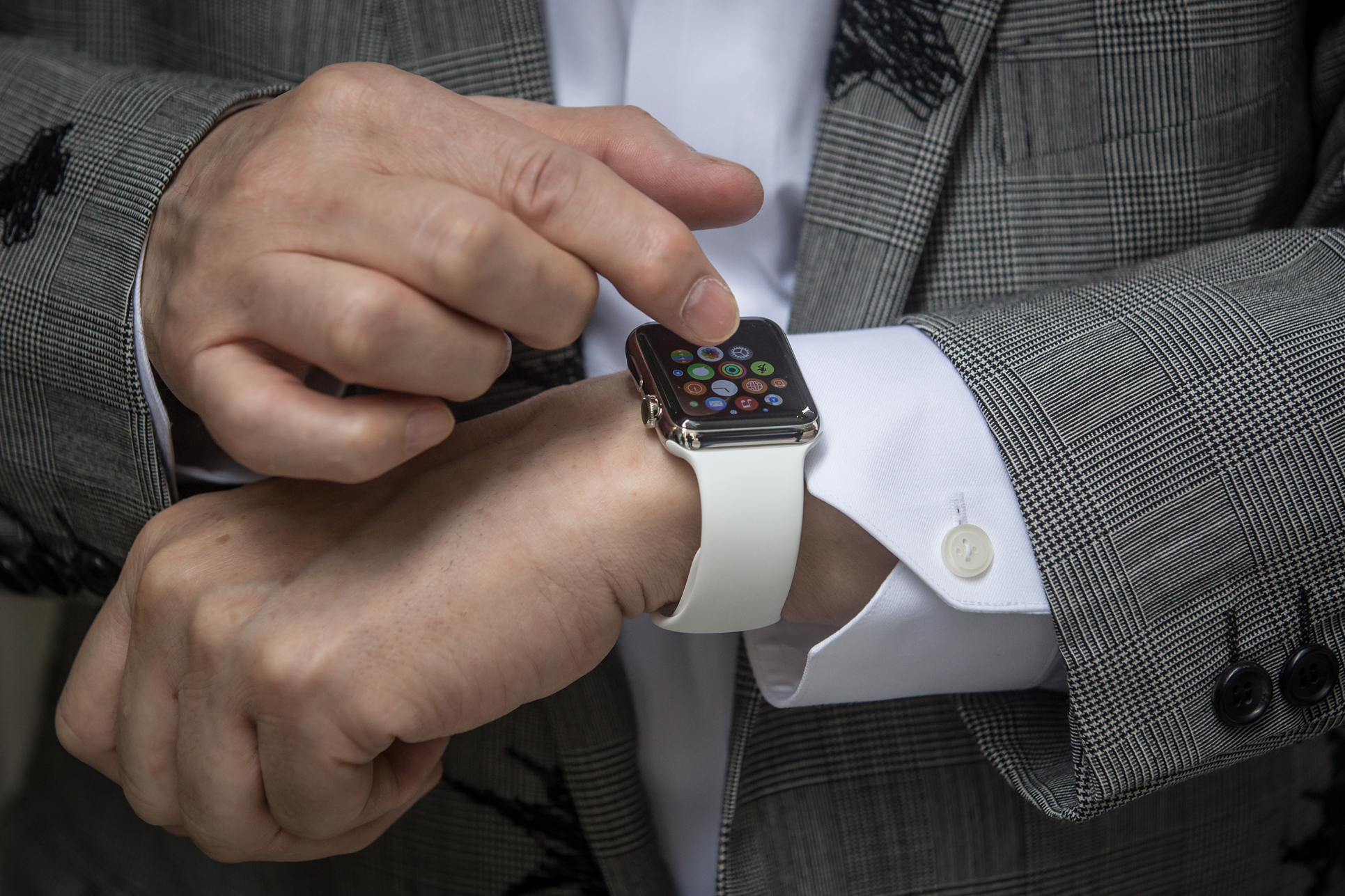The Independent's journalism is supported by our readers. When you purchase through links on our site, we may earn commission.
Apple Watch can detect symptoms of Parkinson’s disease, study reveals
Neurologists say smartwatches can give better understanding of how to treat disease

Your support helps us to tell the story
From reproductive rights to climate change to Big Tech, The Independent is on the ground when the story is developing. Whether it's investigating the financials of Elon Musk's pro-Trump PAC or producing our latest documentary, 'The A Word', which shines a light on the American women fighting for reproductive rights, we know how important it is to parse out the facts from the messaging.
At such a critical moment in US history, we need reporters on the ground. Your donation allows us to keep sending journalists to speak to both sides of the story.
The Independent is trusted by Americans across the entire political spectrum. And unlike many other quality news outlets, we choose not to lock Americans out of our reporting and analysis with paywalls. We believe quality journalism should be available to everyone, paid for by those who can afford it.
Your support makes all the difference.Smartwatches can detect symptoms of Parkinson’s and give scientists a better understanding of how to treat the disease, according to a new study.
Neurologists at the University of Rochester Medical Centre in the US used an Apple Watch paired with an iPhone to monitor people with early stage Parkinson’s disease for a year.
They found that they were able to passively track symptoms like gait and tremor, while also gaining additional insights through voice recordings that revealed speech-related issues.
“Digital measures hold the promise to provide objective, sensitive, real-world measures of disease progression in Parkinson’s disease,” said Jamie Adams, an associate professor of Neurology at the University of Rochester Medical Centre.
“This study shows that data generated by smart watches and smart phones can remotely monitor and detect changes in multiple domains of the disease. These digital assessments could help evaluate the efficacy of future therapies.”
She added: “This study brings us closer to having meaningful digital measures for future use in Parkinson’s clinical trials, which may speed up therapeutic development and get treatments to our patients faster.”
Patients with early Parkinson’s experienced significant declines in measures of gait, an increase in tremor, and modest changes in speech, data collected by the devices showed.
The smartwatch was able to pick up on decreases in arm swing, a common feature of the disease, and activity in the form of the number of daily steps.
The main symptoms of Parkinson’s disease, according to The NHS, are: tremors – shaking, which usually begins in the hand or arm and is more likely to occur when the limb is relaxed and resting; slowness of movement (bradykinesia) – physical movements are much slower than normal, which can make everyday tasks difficult and result in a distinctive slow, shuffling walk with very small steps; muscle stiffness (rigidity) – stiffness and tension in the muscles, which can make it difficult to move around and make facial expressions, and can result in painful muscle cramps (dystonia).
The findings are published in the journal npj Parkinson’s Disease in a study titled ‘Using a smartwatch and smartphone to assess early Parkinson’s disease in the WATCH-PD study over 12 months’.
Additional reporting from agencies
Join our commenting forum
Join thought-provoking conversations, follow other Independent readers and see their replies
Comments